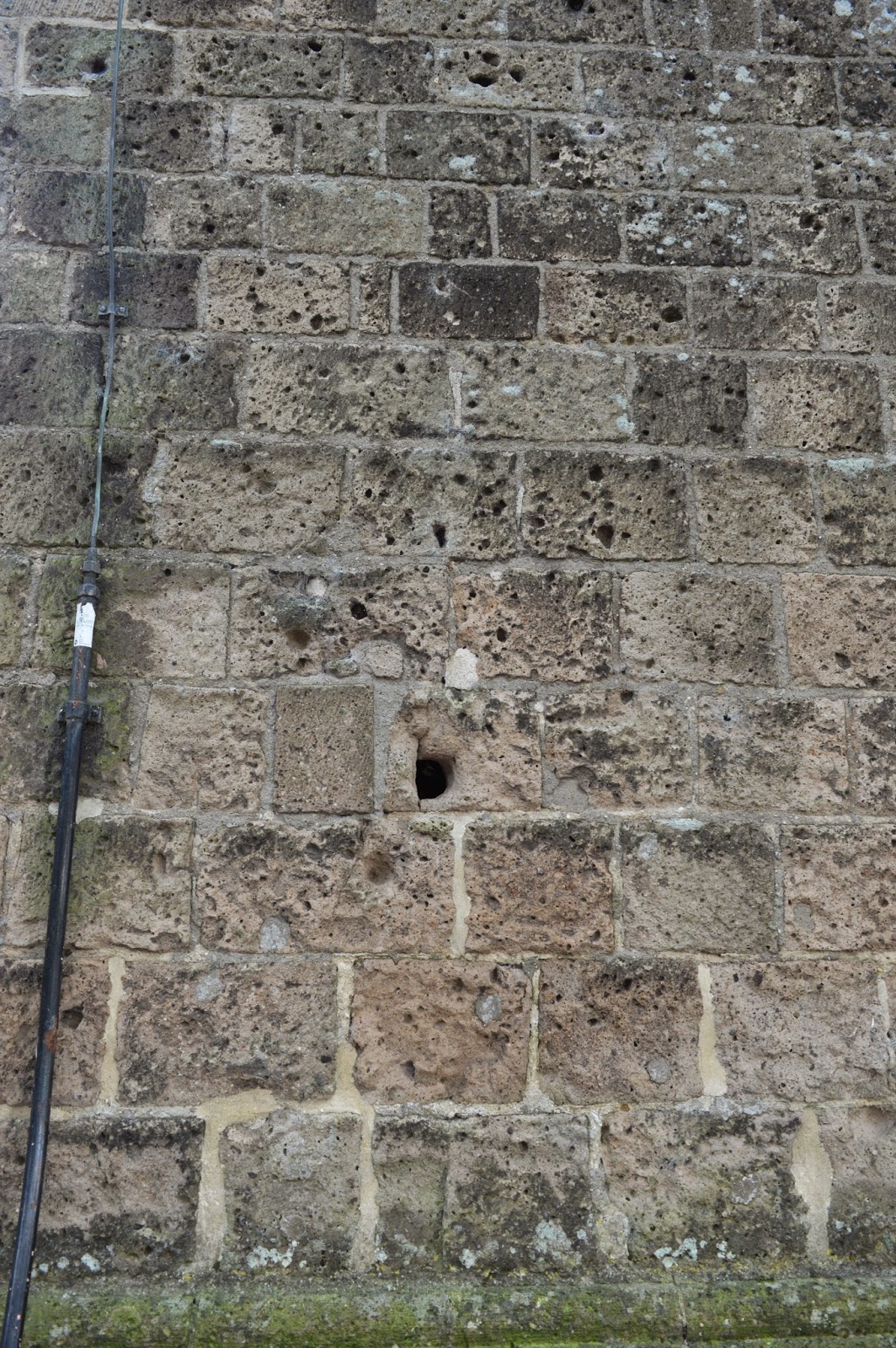Our first stop today was to attend the Commemoration of the XX1 Independent Parachute Company in Oosterbeek. The men of the Independent were British and were a part of the Market part of the Market Garden initiative. The monument is situated in Oosterbeek where the XX1 met with fierce resistance from German soldiers. It was an intense battle lasting many days. Many innocent dutch citizens were killed, many lost their homes and many soldiers were killed or badly injured. There was a serious lack of supplies and communication with other allied forces was badly inhibited.
The monument.
Jonathan Eastwood, son of the late First Lieutenant David Eastwood, told the story of the fierce battle that ensued in Oosterbeek.
Next stop, the Airborne Museum.
The Museum was the headquarters for the airborne troops.
Some of the weapons used in the war. This gun required three men to haul, one for the gun, one for the stand and one for the ammunition.
Part of a map describing the strategy for Market Garden.
The basement of the Museum is a simulation of what the Market Garden initiative was like. The padre, the medical personnel and wounded were left behind in the evacuation in the Old Church which we will show you later. They were captured by the Germans and were most likely, once able, sent to POW camps.
Overhead, there were sounds of bombing and German soldiers talking. It was terrifying.
This white ribbon was as the one used to guide the trapped troops to the Rhine River to evacuate.
Many troops were rescued by the Storm Boat Kings (among the rescuers was the 23rd Royal Canadian Field Engineer - Uncle Tony being one of them) It was called Operation Berlin.
Off to Old Church
As mentioned the The Dutch Reformed Church was used by the airborne troops as cover from the Germans and to house their medical team and the wounded soldiers. They were under heavy fire by the Germans. On Monday September 25th, the airborne troops were told to evacuate from the church onto a treacherous route toward the Rhine. There they would be rescued by the allied forces in boats (the 23rd being among them).
Check out the bullet holes!
The route to the Rhine River...keep in mind it was a much different terrain at that time.
Finally, the Airborne Commemoration in Arnhem
This was a commemoration for both the British and Polish Airborne Troops. The ceremony was extremely well attended with almost 70 Veterans in attendance. It was so amazing to see at the end of the ceremony, a parade of veterans marching to the cheers of thousands of people on each side of the street. Many even left their wheelchairs as proudly they marched - heads held high in pride. The clapping did not stop until the final veteran made his exit from the parade. In the evening, in an attempt to attract more of the younger generation, a light and sound show was put on a dyke next to the Rhine River in Arnhem. There was a large screen attached to the bridge and a full orchestra on stage. It was an incredible evening as the veterans appeared on the water in the Jules Verne cruiser - ready to watch the show. They received a standing ovation by the crowd (thousands) who were first seated on the grass...
Parachutes propelled by men and small motors - each carrying flags from various countries.
In the evening a light and sound show. The large screens on the bridge told the story of the Battle of Arnhem through the eyes of children and the dutch citizens. It was very artistic and extremely well done.
The veterans arrive in the Jules Verne.
Dancers on bridge - look closely. Various artists performed such as a country singer, trumpeter, opera singer and a fantastic orchestra.
During the story of the war, the fireworks were launched to represent the airborne - each red light here is carrying a small parachute...






























No comments:
Post a Comment